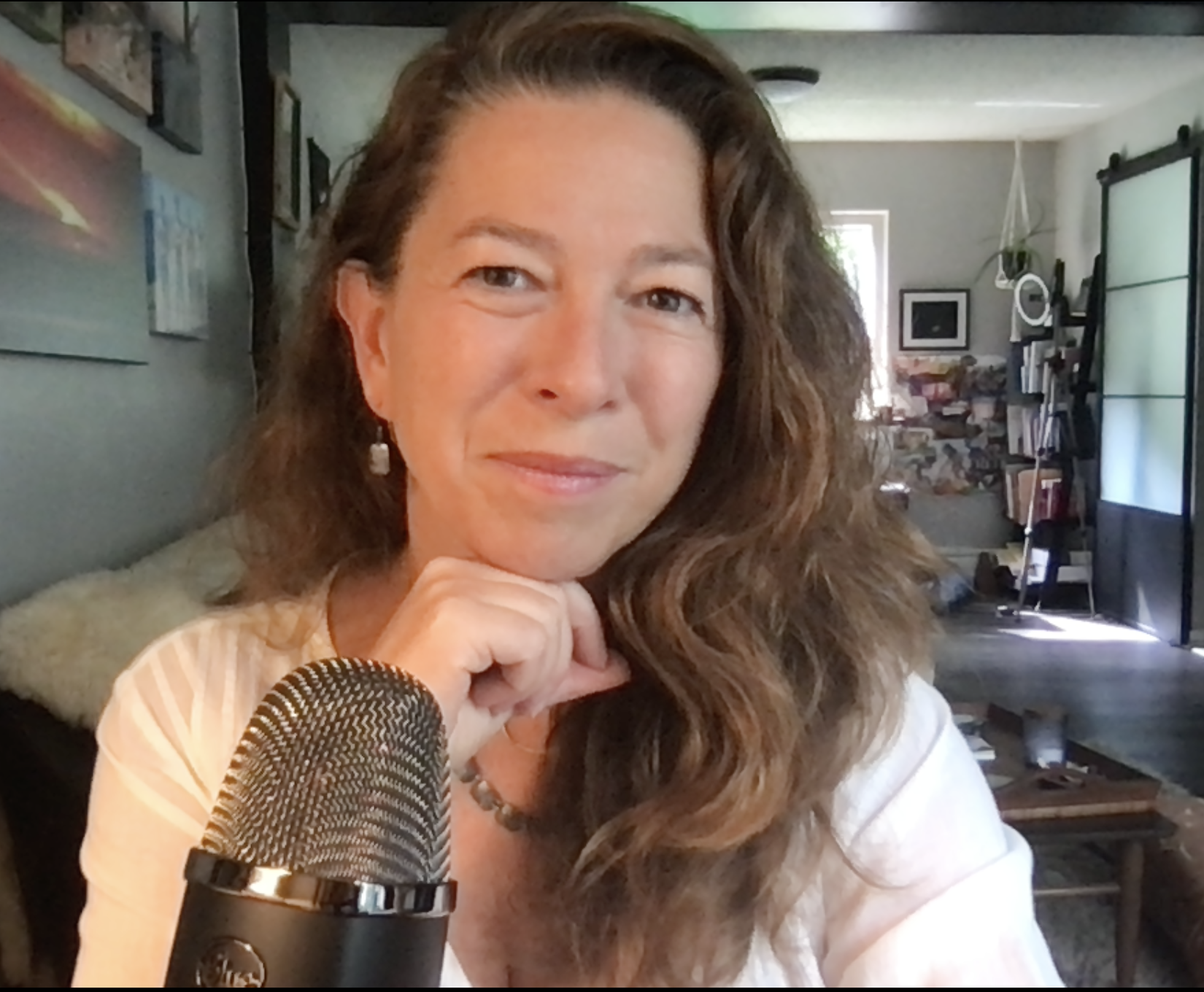

April 15, 2021
Before the pandemic, the majority of our social interactions were in-person. When shelter-in-place and social distancing became the norm, the shift to learning how to engage virtually became our new way of life. Students found online learning more challenging due to the ease of being distracted and multi-tasking with such things as checking social media posts, surfing the Net, responding to notifications, listening to music, or drifting off to sleep. The large amount of hours people spend watching television or streaming videos has created passivity to taking information in and discourages active response. The information presented on one screen is easily forgotten when the next screen appears.

Another barrier to virtual engagement is the lack of the use of all of our senses. A large component of communication is nonverbal and includes sounds, movements, visuals, physical structures, touch, and body language. Feeling connected is more difficult without the sensory cues, and this makes sustained attention and focus more challenging, especially when there are many people in the class. Additionally, not having the “normal” environment of classes can put some people in an emotionally or physically challenging environment, which also hinders attention and focus.

The Centers for Disease Prevention (CDC) has reported an increase in anxiety and depressive disorders in the U.S. during the pandemic due to social isolation, stay-at-home orders, and coping with COVID-19. Anxiety and depression greatly affect learning and focus.
In addition to class participants having challenges with the virtual environment, teachers have found it more stressful due to participants not being visible or appearing still-faced and non responsive. The lack of social feedback is stressful for instructors.

During a study that explored a strategy to increase participant engagement and reduce the social stress on instructors, participants were asked to rate their subjective energy level, attention, and involvement during a Zoom class. For the next Zoom class, participants were asked to respond to the instructor frequently with facial and body expressions, such as shaking their head no or yes, giving a thumbs up or down, making sounds, changing body posture, and using facial expressions to signal listening and engagement. When participants purposely implemented and increased their animated facial and body responses during a Zoom class, they reported a significant increase in the frequency of animation, energy level, attention, and involvement.
One participant of the study shared their surprise at how their expressiveness affected their attention and how it made the class more fun. Another participant noticed that engaging with facial and body language promoted better focus and understanding. Overwhelmingly, participants reported that being animated and responsive helped them stay present, learn more easily, and improved retention. There were a few participants who found being animated more challenging due to feeling shy, self-conscious, silly, and wondering what others would think of them. If the majority of participants are responding animatedly, it might encourage others who may be more hesitant to participate.

We often forget how our body impacts our thoughts and emotions. To test this for yourself, try this exercise:
(1) Configure your body in a position that signals defeat, hopelessness, and depression, such as slouching with your head down. While in this position, recall a memory of hopelessness and defeat. Notice any negative emotions that arise.
(2) Shift and configure your body in a position that signals joy, happiness, and success, such as raising arms and looking up with a smile. While holding this position, recall a memory of joy and happiness. Notice any positive emotions that arise.
(3) Configure your body in a position that signals defeat, hopelessness, and depression. While holding this position, recall a joy, happiness, and success. Do not change your body position. Hold this configuration for a little while.
(4) Shift your body in a position that signals joy, happiness, and success. While holding this position, recall a memory of hopelessness and defeat. Do not change your body position. Hold this configuration for a little while.
When your body posture and expression are in alignment with the evoked emotion, it is almost always easier to experience the emotion. When the body posture and expression are opposite of the evoked emotion, it is much more difficult to bring forth and experience the emotion. This same concept applies to learning. When a participant is slouched and lying on a bed while in a Zoom class, it is much more difficult to stay present and not drift off. When a participant is sitting erect and upright and actively responding to the presentation, the body posture encourages the brain to focus, promoting better learning.

Effectively engaging in Zoom classes requires a shift from passive watching and listening to active participation. Zoom fatigue is exacerbated by slouching, drifting away, and non-responsiveness, which in turn hinders learning, focus, and feeling connected with class participants. Actively participating by sitting up, maintaining an empowered posture, and using nonverbal facial and body expressions to communicate, will energize you and decrease the likelihood of Zoom fatigue. How you show your animation is not as important as actively participating. By engaging your soma (your physical body) in Zoom classes, you decrease Zoom fatigue and optimize your enjoyment, learning, and connection.

JOIN THE DEPOT FOR ENGAGING, FUN, & INFORMATIVE CLASSES!











0 Comments